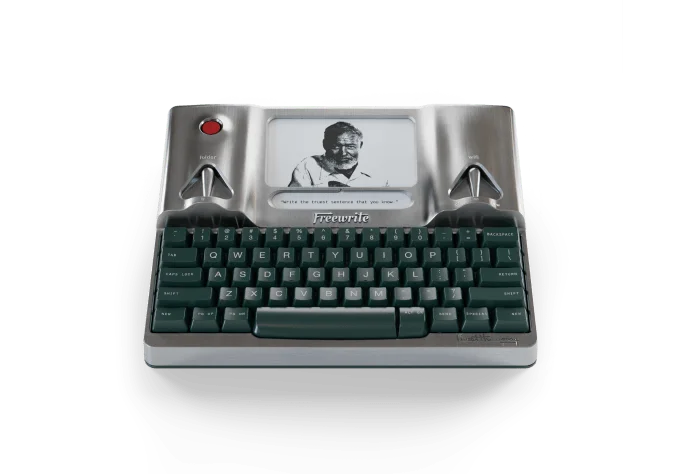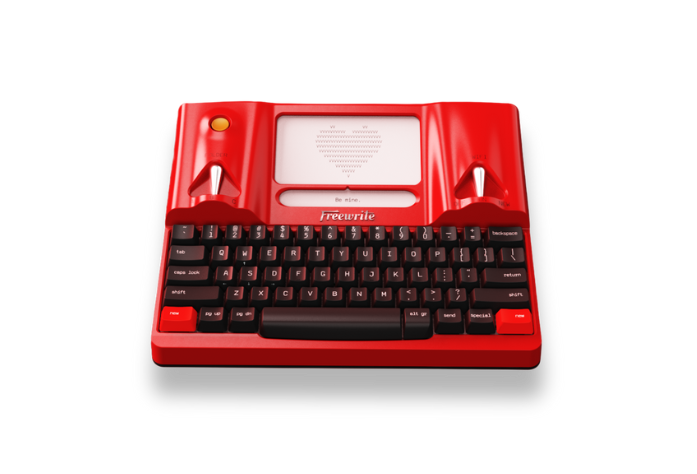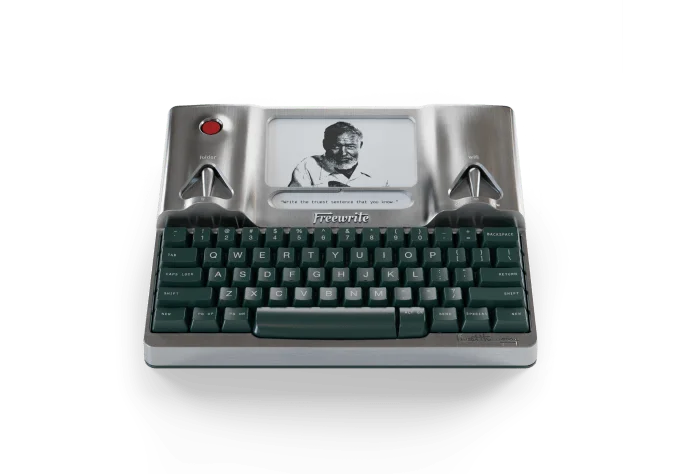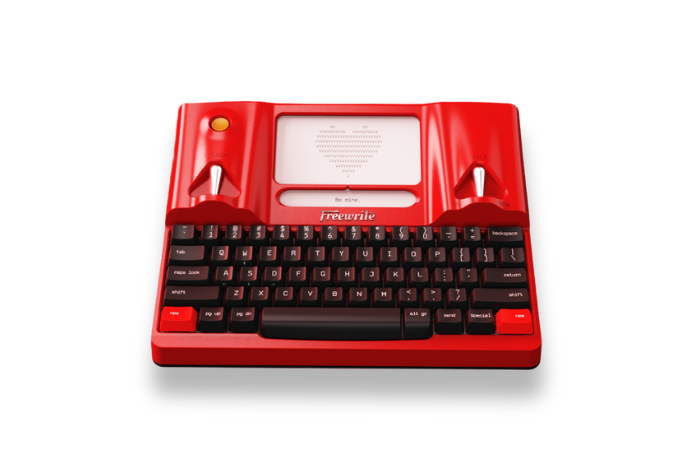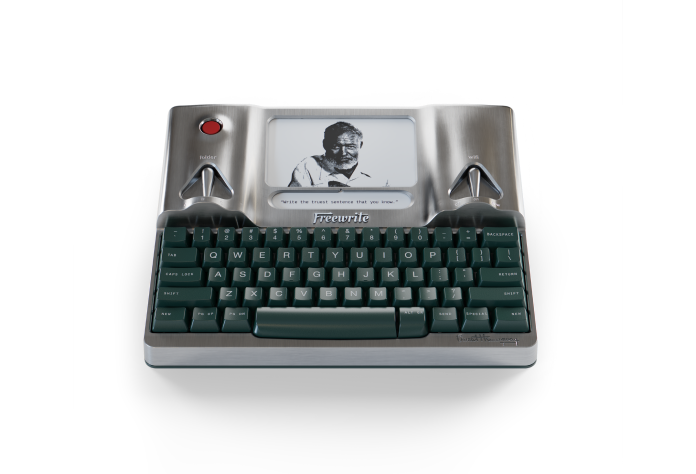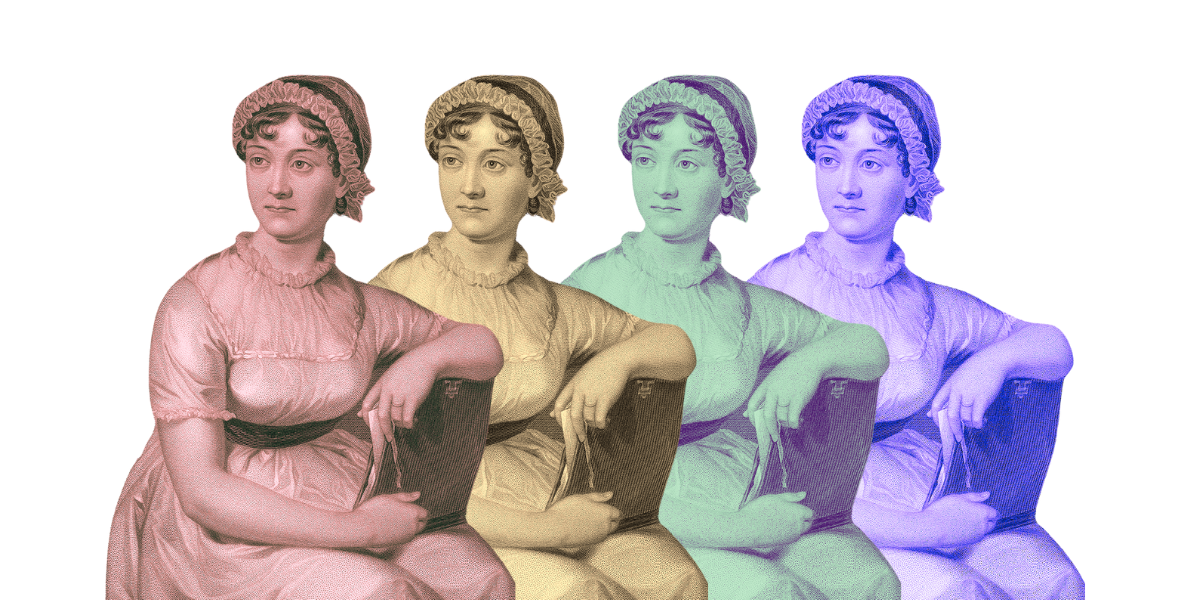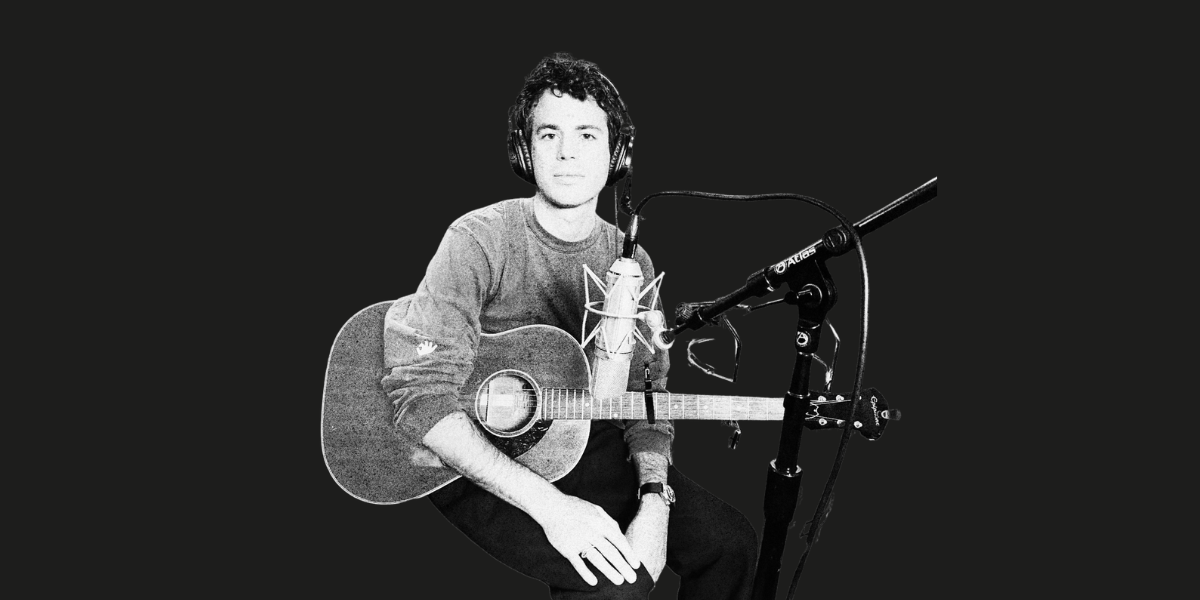Fyodor Mikhailovich Dostoevsky. World-renowned author. Master of the psychological novel. Troubled gambler. Political prisoner. Prolific … doodler?
Open the notebooks of one of the world’s most cherished and revered authors and you’ll find words, of course. Many of his notebook pages are filled with tiny, cursive Cyrillic sentences arranged on the page in a way that could have only made sense to the author himself (relatable). The writing winds up and down, is divided into not-so-neat bubbles and columns, and follows the wandering paths of his mind.
But tucked in between the paragraphs of notes, brick-and-mortared by calligraphy and penmanship practice, there are hundreds upon hundreds of doodles.

They’re peppered throughout the author’s manuscripts, from his earliest works to his masterpieces to his personal diaries. Throughout his writing career, Dostoevsky penned, penciled, and sketched away. He was so prolific, his drawings have spawned entire museum exhibits and books of scholarship.
Those of us who remember drawing the famous “Cool S” on our math homework (or, for the delinquents out there, on our desks) can relate. But Dostoevsky’s doodles are more than just random scribbles and graffiti. They aren’t crude. In fact, they’re far from it. Architecture is proportionally rendered. Faces are expressive, not flat. His characters often look like they’re caught in the middle of overwhelming emotion. Just as in his writing, Dostoevsky has his own unique style.
So, what can this master writer’s doodles in the margin teach us about first drafts?
Look no further than his perhaps most widely read work: Crime and Punishment.
The early manuscripts hew closely to the final product. In fact, there are entire paragraphs and sequences that are largely unchanged from first to last draft.
But one major change shaped the structure and effect of the novel drastically.
And we can understand it by looking in an unlikely place: The doodles in the margins.

Crime and Punishment was published in a magazine in several parts over the course of a year — a serial novelization. Although its publication happened in stages, Dostoevsky had the kernel of the story in his mind for years.
The novel centers on a twenty-something ex-student in 19th Century Russia, Rodion Raskolnikov. Highly intelligent and miserably impoverished, Raskolnikov misguidedly believes that he can justify a crime if his motives serve a higher good — namely, raising himself out of destitution so that he can do great, moral things. Having hatched his plan and rationalized it to himself, he works up the nerve to murder and rob an old woman — a pawnbroker — setting the events of the novel into motion.
What begins as the “perfect” amoral crime in both mind and method soon devolves into a nightmare marked by physical and mental illness, police pursuit, near-constant paranoia, spiritual soul searching, the near-dissolution of his family, and ultimately the spiritual and psychological punishment Raskolnikov believed he would be immune to.
That’s the novel in a nutshell, and it’s what Dostoevsky always intended it to be. If you’ve heard of stories “revealing themselves” to authors and surprising them as they write, that’s not the case here. He saw the arc, and simply needed to put it down.
Only, it wasn’t that simple. Getting from A to B troubled Dostoevsky to the point where he wrote in a letter to a friend that he burned an early draft in his fireplace.

But there was a solution to his struggle. It was just hiding in the margins.
Dostoevsky was telling the story in his drawings long before he figured out how to do it in writing.
The Crime and Punishment drafts are rife with doodles. A few feature Raskolnikov, others more minor characters.Church towers and town squares loom above. There’s even a self-portrait of Dostoevsky himself.
Each portrait wears an unforgettable expression.
Even a fewsmug faces appear — no doubt of Luzhin and several of the other contrasting characters in the novel.
But it’s the portraits of Raskolnikov that are the key to unlocking the major change from first draft to finished product.
Dostoevsky originally wrote Crime and Punishmentin the first-person point of view, as a confessional of sorts, beginning only after Raskolnikov has murdered the pawnbroker. A memoir, a diary, a confession — a mix of both. But it just wasn’t working.
And the doodles show why.
The drawings of minor characters could theoretically be from Raskolnikov’s point of view. Dostoevsky is simply sketching what our protagonist sees.
But the anguished young Raskolnikov couldn’t see himself the way Dostoevsky sketched him. Only someone else could.
Therein lies the breakthrough: To truly demonstrate his deeply wounded psychological state, Raskolnikov had to be seen through the eyes of others. Not just his own.
So Dostoevsky shifted to the third-person narrator — but with an innovative twist. He still narrated Raskolnikov’s inner thoughts with the first-person. We still get to experience his paranoia, guilt, and struggle first-hand.
But now, when the point of view steps back, Raskolnikov is also humanized. Instead of simply experiencing him through the most dramatic—and traumatic—event in his life, we see him in three dimensions. We see his deep relationships, his loyalty, and even his humor through the people around him.
Take this moment in Chapter VI, when we see him through the eyes of his closest friend, Dmitri Razoumikhin. Razoumikhin squabbles with a delirious and obviously disturbed Raskolnikov over his plans. Raskolnikov leaves abruptly and heads off on his own.
In a brief but beautifully evocative moment allowed by the third-person narrative, we stay with Razoumikhin instead of following Raskolnikov:
By staying with Razoumikhim, we get to feel his compassion and genuine affection for his friend. We see Raskolnikov through his eyes. Instead of a madman and murderer, we see a troubled and helpless friend who ought not to be left alone.
Without the third-person narrative, we would never have been able to feel Razoumikhim’s love manifest as frustration and worry. We would only have Raskolnikov’s unreliable confessional.
A reader can relate to Raskolnikov’s struggles infinitely more when he is complex, and Dostoevsky makes him wonderfully and humanly complicated through those around him. In Chapter III, we experience this moment of his loved ones:
When he had said this, he suddenly held out his hand to his sister, smiling without a word. But in this smile there was a flash of real unfeigned feeling. Dounia caught it at once, and warmly pressed his hand, overjoyed and thankful. It was the first time he had addressed her since their dispute the previous day. The mother’s face lighted up with ecstatic happiness at the sight of this conclusive unspoken reconciliation. “Yes, that is what I love him for,” Razumihin, exaggerating it all, muttered to himself, with a vigorous turn in his chair. “He has these movements.”
And suddenly, we’re hoping Raskolnikov gets away with it. That the old woman really deserved it, after all. We sympathize with his wild philosophy, the one that led him to commit not one, but two brutal murders.
With this masterful stroke of characterization in the third-person narrative, Dostoevsky moves the tension from within the novel into our own hearts and minds.

Dostoevsky is famous for writing philosophical novels — that is, stories that explore ideas about how best to live. Crime and Punishment is no different. He explicitly stated that he set out to explore the dangers of a fashionable philosophy of the time, which he called “Radicalism.” It was a post-modern, post-meaning, post-religious movement catching on in the literary and intellectual spheres in 19th Century Russia. In it, there was no fixed truth — all experiences in life were subjective, morally and ethically and otherwise.
In Crime and Punishment, Dostoevsky sought to portray what might happen when a man took these ideas to their logical conclusion.
For some writers, their story is creatively sparked by an event. For others, it’s a character. For still others, it’s a place.
For Dostoevsky, it was an idea.
He wrote to prove, disprove, theorize, philosophize, and argue — often against himself. The inner struggle within a work is one of his hallmarks.

But an idea in and of itself isn’t a story. When the first iterations of his narrative weren’t working, perhaps it was also because it wasn’t a story yet — it was still just an exploration.
A police confession? A memoir? The diary entry of a guilty man? These are clinical, scientific almost. A hypothesis, a test, and a conclusion do not a story make. One can almost see how Raskolnikov the person had not yet appeared, and only Raskolnikov the strawman existed in early drafts. And Dostoevsky has never been known for writing strawmen.
So when Dostoevsky shifted the perspective from the first-person confessional to the third-person, we step out of pure intellectualism and into empathy.
We really see Raskolnikov, for the first time. Not just his philosophy, but his life and his character. He was on the page all along — in the anguished and pensive doodles.
Once the perspective shifts, Raskolnikov isn’t just a vehicle for an idea. He’s a human being, a man torn in two.
This is when the idea became the story we know and love.
So the next time we sit down to write, we can take a page from Dostoevsky’s book. For an idea to be a story, it needs empathy.

It’s obvious from Dostoevsky’s doodles that the writer, while writing, wasn’t always … well, writing. And yet these manuscripts led to some of our most cherished novels. How is that?
It’s simple.
He was fixed to the page.
The Writer Ann Lamott calls it putting your butt in the chair (let’s see the Russian translation of that). Dostoevsky followed this rule. When his writing pen stopped, his sketching pen started. But he never left the page — a sign that if writing is thinking, so is doodling.
In fact, that idea is scientifically proven.One study found that doodling improves recall by 29%. Another found that it helps relievepsychological stress. Dostoevsky was plagued by a nervous condition throughout his life. Margins in his manuscripts also contained small calculations and ledgers to keep track of his financial troubles. Perhaps the doodling calmed and soothed his restless mind, helping him back to his work when he was ready.
Doodling has also been attached tothe unconscious. What are we really thinking of when we sketch a tree? How about the architecture of a chapel, like the beauties found in the margins of Crime and Punishment drafts? With its undercurrent of repentance and spiritual resurrection, it’s not hard to see what was on the author’s mind as he penned the story … and his sketches.
Like a mountain climber, Dostoevsky secured himself to one point — the page — and then began his wandering ascent. He had plenty of switchbacks. He even rested. But notice that he didn’t leave the page. It was him, the rope, and the cliff face of the page.
In the war against distraction, Dostoevsky doodled. He banished his distractions, doubts, and blocks one sweep of the pencil at a time. And then he returned to the next line. And the next line. And the next after that.
So the next time you sit down to write, bring a pad of paper and a pencil. Or maybe a Post-It and a pen.
Not for writing.
But for doodling.
Rendering what the mind’s eye sees — or perhaps, what it can’t see yet.
It might just change your point of view.





